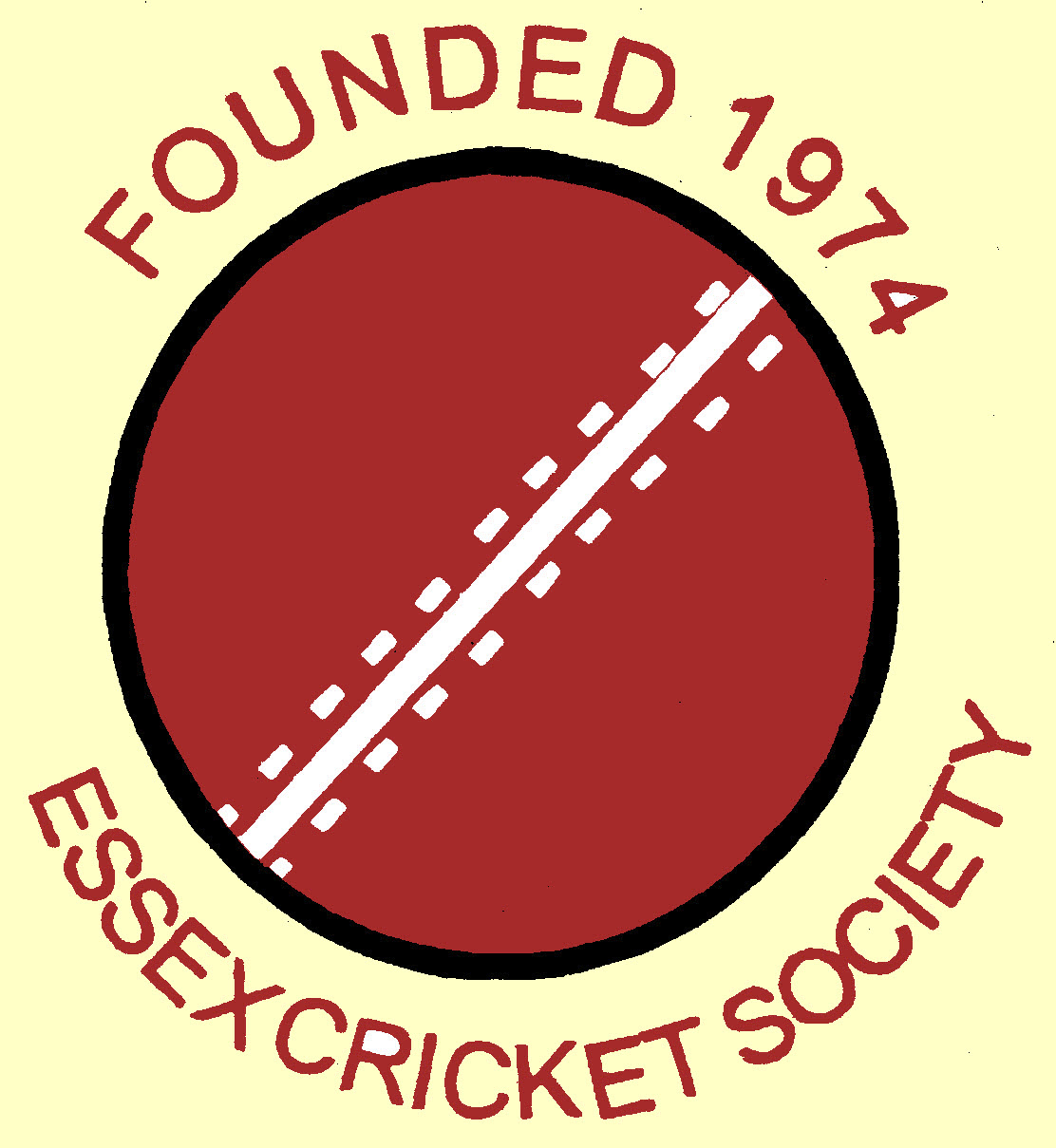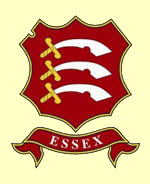Tales from the Boundary
Happy Days!
The cricket ground at Elmstead Market was - and is - delightful, sited down a mile long road which ends up at the old church, which has a wooden effigy (if that's the word) of a reclining knight (at least he looks knight-like), probably Norman (or maybe Norbert or Arthur). The ground is about half way down (or up) the road, next to what was the new vicarage (fifty odd years ago). On a recent visit I found that the old vicarage (on the opposite side) is no more, replaced by a smartish development of desirable residences. Ancient trees shelter the field from the gaze of passers-by.
The pavilion was basically a long shed, painted green on the outside and cream on the inside. A large door would be lifted up at the start of the season and formed a roof over a verandah, under which were placed two long trestle tables, which served as scorer’s tables and tea tables. At each end were two 10 x 10 changing rooms, no showers, no wash basins. I can't remember but I don't think there were any toilets. The wooden floors were marked with several years of spike holes. There were possibly more holes than wood.
Off to the right of the pavilion was a 10 x 6 shed in which the teas were prepared by Mrs Hart who, after some 30 years, got an MBE for services rendered. Tea was sandwiches and cake, often fish paste and something which I think was mayonnaise with red and green pepper pieces. The trick was to eat the sandwiches quick enough to be able to claim the cream horn or maybe an Eccles cake.
Brian Greenhalgh lived in a bungalow opposite to the gate to the ground. He sold tinned fruit, took me to my first Test match and we often met at Chelmsford so he gave me a lift home in his Cortina. I mention Brian because of the raffle. Confused? Well, there was a 6d raffle at tea time. I won once. The prizes were a box of chocolates or 10 John Players (cigarettes). Trouble was that Brian's ten-year-old daughter was the other winner so I did as any 15-year-old cricket gent would and took the fags, though it was some years before I started smoking. Luckily, as ten JP's cost five bob, I sold them back for two and six. So everyone was happy. I could buy five large Jaffa oranges with my winnings or a load of farthing chews.
When we played the staff of HMS Ganges cigarettes were in abundance as the Royal Navy then got liberal supplies of duty free or bonded cigarettes and handed them round liberally. Course, around this time in the 1960s Rothmans sponsored the International Cavaliers, John Player the 40-over Sunday League, Benson & Hedges the 50-over games and tobacco tax the NHS. Gillette sponsored the knockout competition but it was a 'close shave'!
Anyway, even further right of the tea shed was a bigger shed which housed the rollers, gang mowers and an old grey Massey Ferguson tractor. Thursday evenings, well soon after school finished, Johnny Lingley and I would often cut and roll the outfield, totally unsupervised, taking turns in cutting and rolling. Cutting, rolling and marking the pitch on Friday nights was adult work but sometimes Johnny and I might mark out the boundary. There is no better aroma than the smell of a fresh cut cricket field, especially the first cut of the season.

